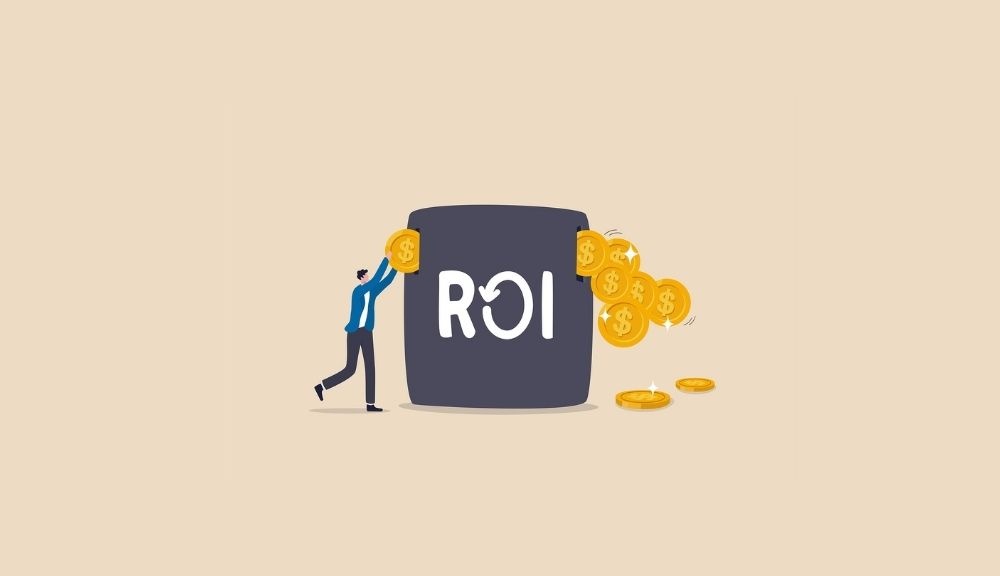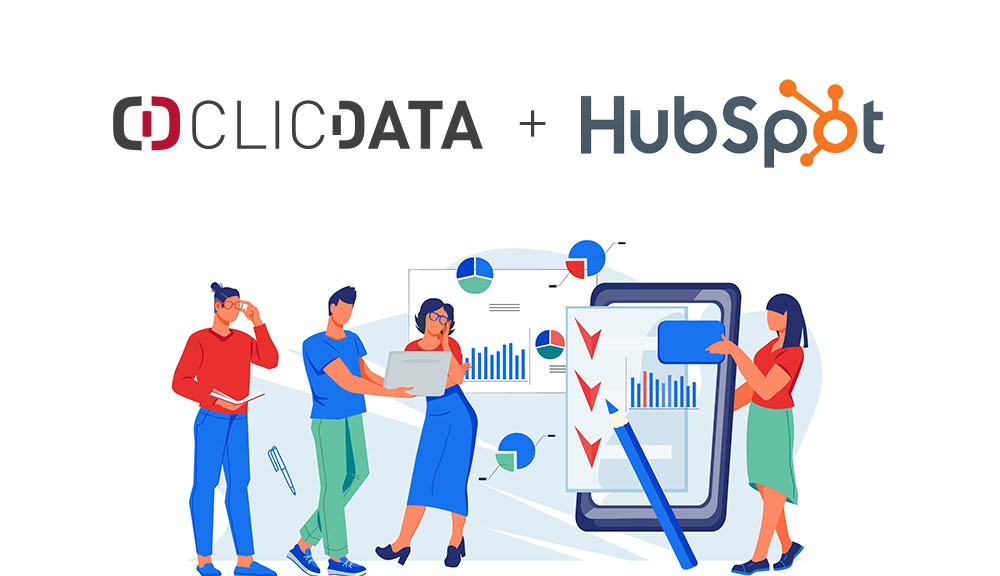Customers expect more than pretty campaigns. They need data, coherent reports with a global view, and a precise ROI. That’s why marketing agencies need a solid BI (Business Intelligence) tool.
Client reporting is crucial in running a successful digital marketing campaign. Marketing agencies use many tools like emailing, Google Ads, Business Manager, and Tiktok Ads. But they can’t achieve solid reporting without a good BI platform.
Having a white-label BI tool is a plus one. Why? It allows marketing agencies to send reports with their own branding for a more cohesive experience. White-label reporting is a detailed report by a company and once it’s completed and saved, other organizations can rebrand it and use it.
White-label reporting enables you to add a personalized touch and doesn’t threaten a company’s branding. Here we’ll discuss the major features every ideal white-label reporting tool should have.
1. Features for Custom Branding
A white-label reporting solution must:
Enable You to Add Your Brand’s Logo
A logo is a company’s most significant brand ambassador.
A prominent feature of white-labeling reporting is placing the logo in the report’s upper left or right corner. Companies can also add word marks instead of logos. Incorporating your slogan or tagline is not necessary. But if you include it, ensure it doesn’t affect the report’s readability.
You can also add a client’s logo to the report. Doing this brings an element of personalization to the report. It also limits confusion if you are going through several reports and can’t remember the one you are reading. For reports, include the client’s logo on the cover page. On the dashboard, insert it in the upper left corner for easy identification.
Allow You to Include Branding on Cover Pages
Cover pages provide a great way for companies to reinforce their brand and develop excellent presentations for the client. It should incorporate the titles of the report, the period the report covers, and the date of delivery.
For the cover page design, ensure you add your logo, brand colors, or wordmark. If your client wants the design to blend your brand and theirs, then you can combine logos and coloring from both brands. You may want to save the cover page for future purposes. Using a logo maker can simplify the process and help you create a cohesive visual identity.
Enable You to Incorporate Essential Agency Information on Headers and Footers
Headers and footers are effective ways to incorporate branding on each report page. You can add your agency’s general contact information like physical address, general email address, phone number, fax number, and website link. You can also include your logo or wordmark here. But it’s best not to add too many elements to avoid cluttering the report.
Provide Flexibility in Adding Brand Colors
In creating a white-label report, ensure you don’t alter the colors representing your client or brand. For instance, if violet with a Georgia font is included in a company’s branding, they may use them in the main text’s body report. The company can also select the preferred color of the heading and subheadings from the branding palette.
Your solution should enable you to alter the color scheme of the following elements:
- Table background rows or columns
- Page backgrounds
- Chart and table headers
- Chart background and chart element colors
While branding, ensure you don’t use your brand colors on other brands.
2. Features for Custom Domain
A white-label reporting software should:
Allow You to Send Reports Via Your Email Domain
We live in a digital world. Companies usually deliver reports to customers through email. They may send these emails as links to an online report, PDF files, or dashboard URL links. As such, the automated solution you choose should be able to send reports through your agency’s email domain rather than from the service provider’s account.
This means a sender’s name should appear as abc@myagency.com instead of no-reply@my-report-vendor.com. The email domain also represents your brand. Hence your clients should know the unique email address to expect reports from.
Suppose your agency is large and has account managers for a specific client. In that case, the white-label reporting solution must include a feature where the client receives the report from the account manager’s agency email account. This way, clients can communicate with the right person (their account manager) by clicking on the reply button on the email.
Enable You to Host Dashboards on Your Domain
If your customers use a unique code to access their white-label reports or dashboard, you can also brand it. That means your chosen white-label dashboard solution must allow your organization to host every client’s white-label reports. With this, the client can visit a subdomain of your agency. Your company will also control the dashboard’s appearance and apply branding elements as needed.
3. Full BI Functionalities
You might want to ensure your white-label reporting solution has everything you need regarding BI, from data integration to data sharing.
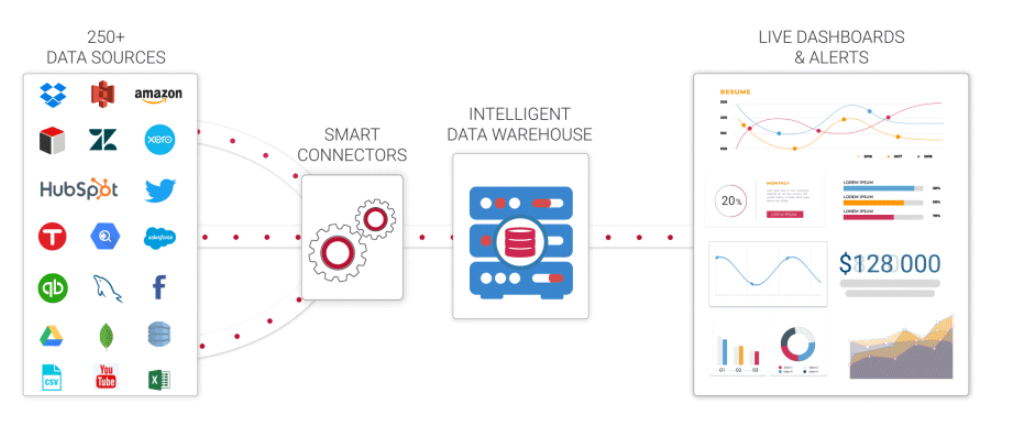
For the solution to be end-to-end, your chosen data platform must not require additional software. The white-label reporting solution you choose for your marketing agencies must have the following features:
Data Integration
BI solutions connect any data, avoid outdated or conflicted versions, and build a single truth source. It should integrate seamlessly with the available data strategy and connect to platforms like CRM and ERP tools.
Data Management
Data comes from different apps and software with different formats. A data management feature allows you to structure data and unify it.
Data Analytics
Your BI tool should include standard analytics tools capable of turning structured data into insightful information to detect patterns and trends. You may want to know how a future decision can affect your company. In this case, you can use old data to predict possible outcomes by running a What-if-analysis.
Data Visualization
Interactive and beautiful data visualizations enable you to present complex information in a simple way. A good solution visualizes data in cutting-edge dashboards and reports your customer will love.
Data Sharing
An excellent white-label reporting tool enables you to share dashboards and reports with your customers easily.
4. Connects with The Main Marketing Apps and Software
Connecting and aggregating data is a huge part of BI. To help you with this task, we recommend you choose BI software that can easily connect to the software and apps you use the most.
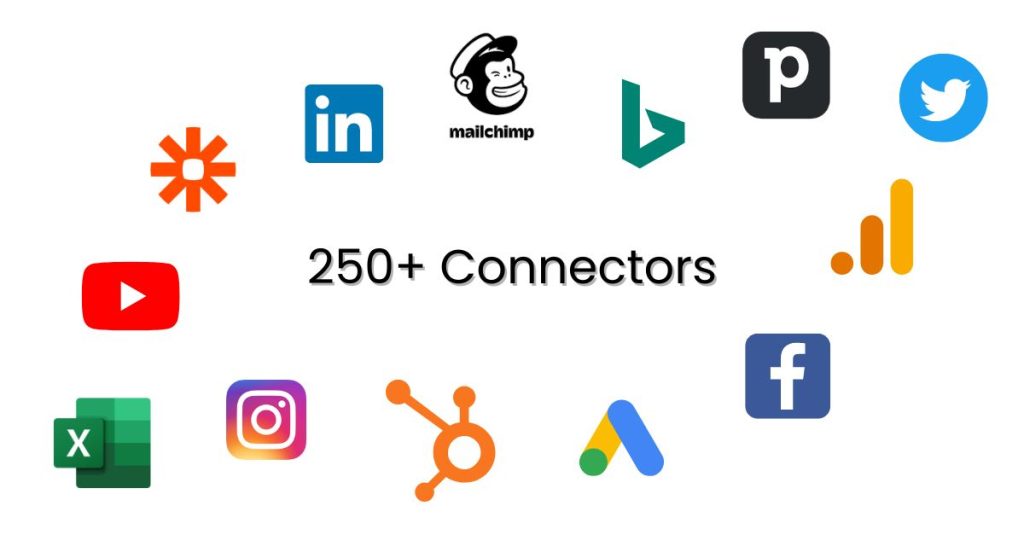
Though this functionality is helpful for every company, it’s even more important for marketing agencies and especially growth hacking agencies because they rely on marketing automation. It’s a competitive advantage and saves a lot of time.
5. The Ability to Use One Dashboard for Several Customers
Some of your customers might need the same dashboards, and you don’t want to lose time replicating them. ClicData’s white-label BI platform allows marketing agencies to use one dashboard for all their clients.
How it works: the marketing agencies have one dashboard; the setting allows you to display the correct value for each client. It’s a huge time saver and allows you to onboard new customers quickly.
6. Automation
From data refreshes to publication of the dashboard, your white-label reporting tool must allow automation.
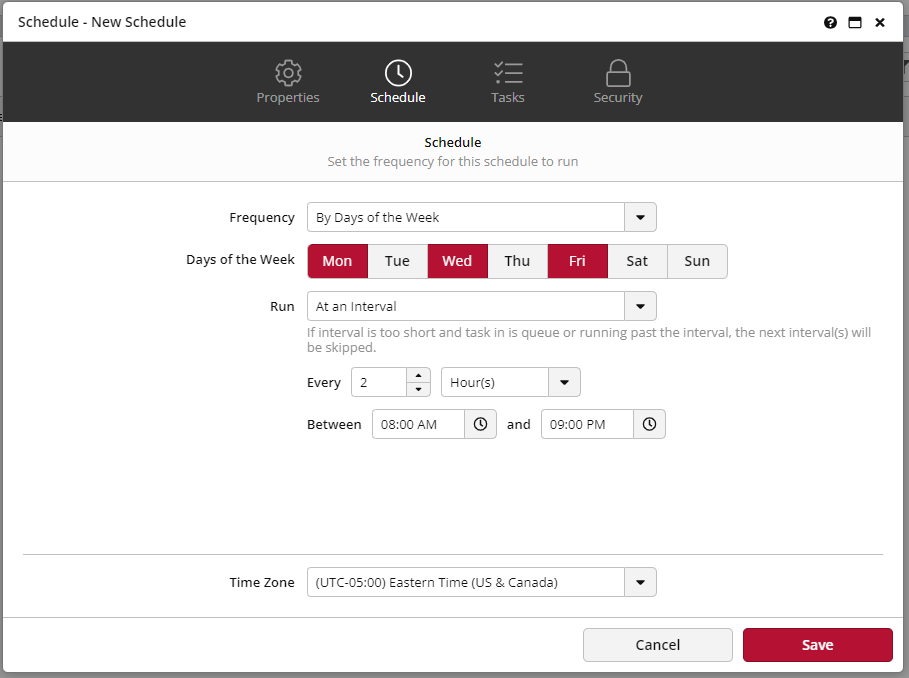
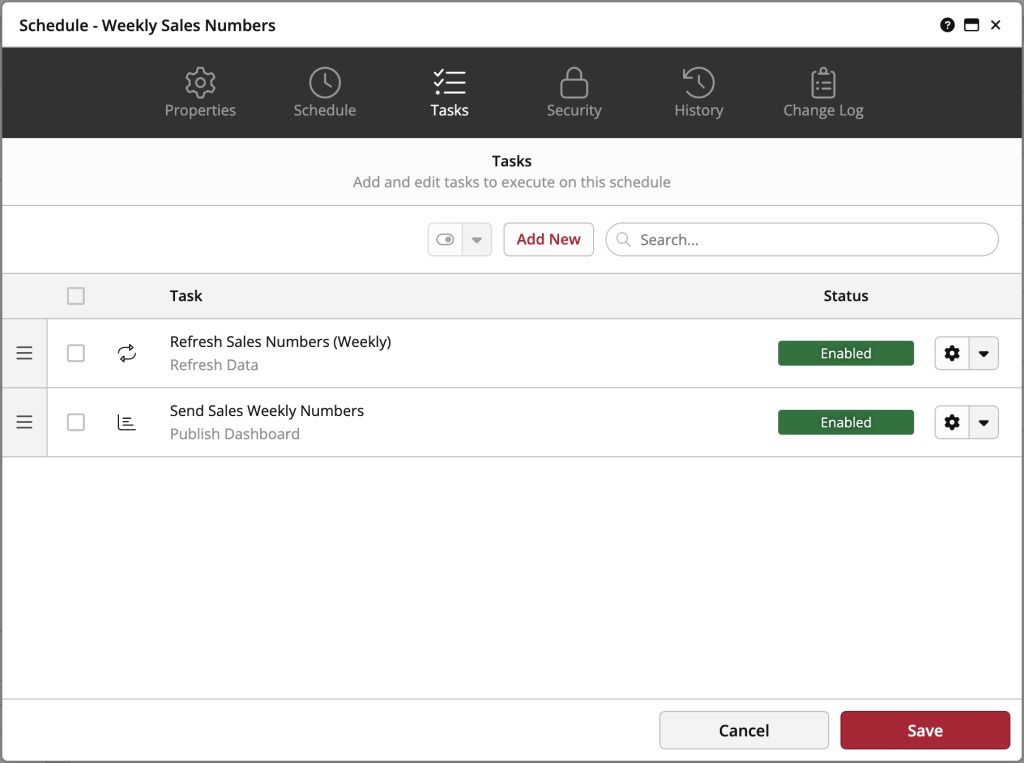
This is because you don’t want project managers to spend time refreshing data, publishing, and sending dashboards to each customer.
Real-World Example of White Labeling
White labeling occurs when a product manufacturer uses the branding requested by the marketer or purchaser rather than its own. On completion, the product will look as if the marketer manufactured it.
White-label reports enable you to white-label an existing BI solution. When you white-label BI software, you ensure the reports and dashboards in your application mimic your other software. Great white labeling encourages seamless user experience and brand consistency.
Retailers, multinationals, and electronic companies have benefitted from white-labeled products. Costco, an American-based leading warehouse club, is an example of such companies.
The large retail company has a Kirkland brand of private-label products. But that doesn’t mean that Costco produces all products with the red and black Kirkland signature.
Kirkland’s signature is known for premium quality items at affordable prices. Costco contracts with producers who agree to put their products into the Kirkland packaging. Costco has worked with top brands such as Starbucks and Tyson Foods, Inc.
Key Benefits of an Excellent White Label Reporting
- Increases value at a lowered cost: Companies want to boost their customer base. Serving new clients can make customers incur extra expenses. A white-label reporting tool will provide the benefits white-labeling provides at a low cost.
- Greater scalability: An excellent white-label reporting service ensures a company realizes a good expense-to-value ratio.
- Specifics for Data analytics: Organizations need reliable data to generate reports. An ideal white-label reporting tool ensures companies have what they need for better analysis.
- Offers the benefit of white-label features to customers: White-label reporting tools enable organizations to include clients’ logos on a report.
Why Choose ClicData’s White-Label Data Analytics Platform?
ClicData offers the benefits of data analysis and business intelligence. It provides quick access to relevant data for more informed decisions. ClicData’s KPI ensures you have flexibility over data usage. Also, its automated updates give you access to reliable data, dashboards, and reports.
ClicData is easy to use and suitable for any data, size, and system. It has all the above features, including its intelligent management advanced analytics that optimizes flow. Want to deliver professional and clean-looking reports? Try ClicData.

